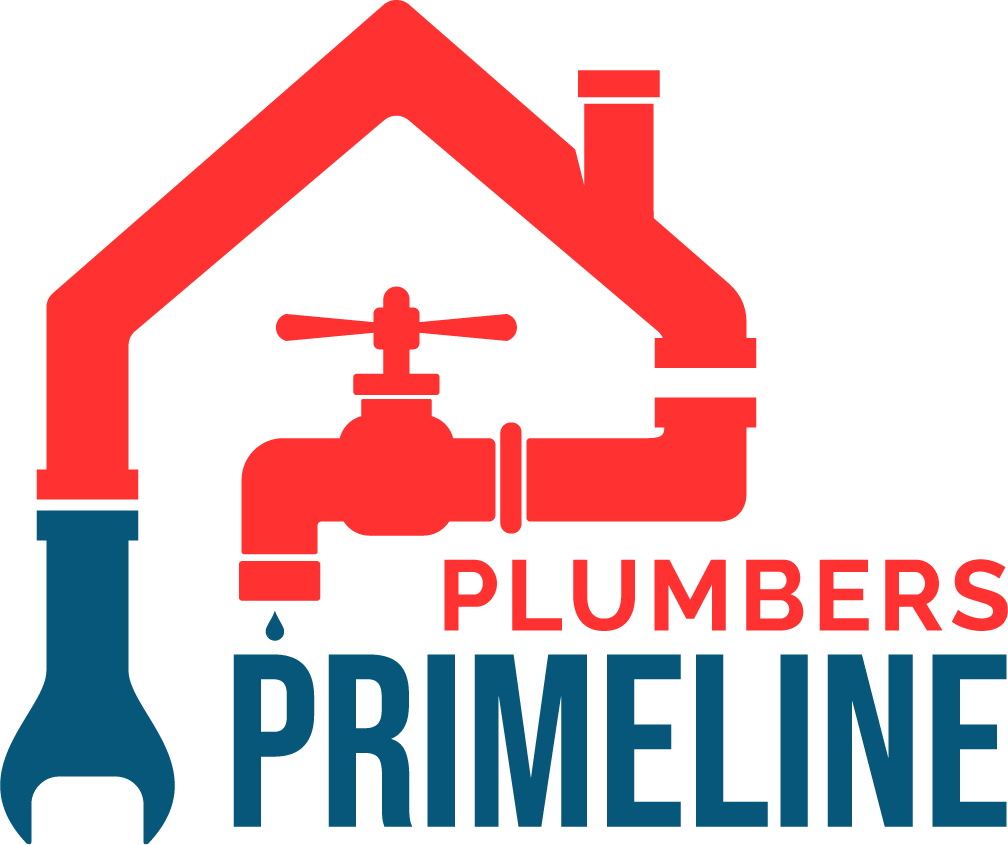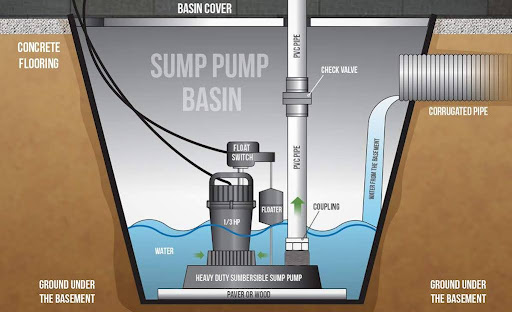Sump pumps protect your home from water damage, particularly in areas prone to heavy rainfall or high water tables. Just as sewer drains require maintenance to prevent clogging, and sump basins require sump pumps to remove accumulated water.
Understanding the correct sump pump basin height and size is critical to ensuring your system functions efficiently. So, let’s get into the details.
Does a Sump Pump Have a Minimum Basin Height?
Yes, a sump pump does have a minimum basin height requirement, and this specification is essential for its proper operation. The minimum basin height typically depends on the type and size of the sump pump you are using.
If the basin is too shallow, the pump may cycle on and off too frequently, leading to premature wear and inefficiency. For most residential sump pumps, the minimum basin height is around 18 to 24 inches.
The height and width of the basin together determine the volume it can hold, which directly impacts how effectively the sump pump can manage water levels. Local plumbers in New Castle can help determine the correct basin size and height based on your home’s unique water management needs.
Sump Pump Basin Sizes and Their Importance
- .Small Basins (12-14 inches in diameter): These are generally used for low-capacity systems or in spaces with limited room. While they are compact, their small size means they may fill up quickly, requiring the pump to activate more frequently.
- Standard Basins (18 inches in diameter): These are the most common choice for residential sump pump systems. They provide a good balance between capacity and space requirements, accommodating most household needs.
- Large Basins (24 inches or more in diameter): Large basins are ideal for areas prone to heavy flooding or for homes with larger sump pumps.
The height of the basin should correspond to its diameter to ensure sufficient volume. For example, a standard 18-inch diameter basin is typically 22 to 24 inches tall. Larger basins may require heights of 30 inches or more. With plumbing services near Lawrence, you can assess your property’s conditions and get a quote to install the ideal basin size for your system.
Matching Sump Pump Sizes to Basin Dimensions
Here are some general guidelines to help you match your sump pump to the basin:
- For Small Basins: Use a low-capacity sump pump, such as a 1/4 HP pump, which is sufficient for handling small volumes of water. These pumps are ideal for basins with a height of 12 to 18 inches.
- For Standard Basins: A 1/3 HP to 1/2 HP sump pump works well with standard-sized basins. These pumps provide enough power to manage moderate water levels without overwhelming the system.
- For Large Basins: High-capacity pumps, such as 3/4 HP or 1 HP models, are best suited for large basins. These pumps can handle substantial water inflow and are ideal for areas with high water tables or heavy rainfall.
Look for licensed plumbers in Brooklyn Heights who can help you choose and install the right pump for your basin, ensuring compatibility and optimal performance.
Factors to Consider When Choosing a Sump Pump Basin Height
Several factors should influence your choice of sump pump basin height:
- Water Table Level: Homes with high water tables may require deeper basins to manage the constant inflow of groundwater.
- Soil Composition: Areas with sandy or loose soil may experience faster water infiltration, necessitating a larger or deeper basin.
- Flood Risk: If your property is in a flood-prone area, opting for a taller and wider basin can provide added protection by accommodating larger volumes of water.
- Basement Space: Ensure that the basin height fits comfortably within the available space in your basement or crawl space without obstructing other utilities.
- Pump Capacity: Match the basin height to the specifications of your sump pump to ensure optimal performance.
Consulting a professional plumber for sump pump services in Nassau County can simplify this process and ensure that all factors are adequately addressed during installation.
Installation Tips for Optimal Performance
To maximize the efficiency of your sump pump system, follow these installation tips:
- Secure the Basin
Ensure the basin is properly installed in a level position and securely sealed to prevent debris from entering.
- Check the Float Switch
The float switch, which activates the pump, should have enough room to move freely within the basin. This prevents false starts or interruptions.
- Maintain Clearance
Allow sufficient clearance around the pump and basin for maintenance and inspections.
- Test the System
After installation, test the sump pump by pouring water into the basin to verify that it activates and removes water effectively.
Let’s say you are based in Bedford Park, plumbing contractors near you can handle these steps with precision, reducing the risk of errors and ensuring long-term reliability.
Conclusion
Understanding the appropriate sump pump basin height and size is critical to the performance and durability of your sump pump system. By considering factors such as the minimum basin height, sump pump basin sizes, and pump capacity, you can select the ideal components for your home’s needs.
For best results, take professional help from Primeline plumbers to ensure proper installation, maintenance, and troubleshooting. With expert support, your sump pump system will provide reliable protection against water damage for years to come.
FAQs
How big of a sump pump do I need?
Choose a sump pump size based on water volume: 1/4 HP for low, 1/2 HP for moderate, and 3/4 HP+ for heavy flooding.
How deep is a sump pump pit?
A sump pump pit is typically 18 to 30 inches deep, depending on water volume needs, with larger pits required for high-capacity systems.


